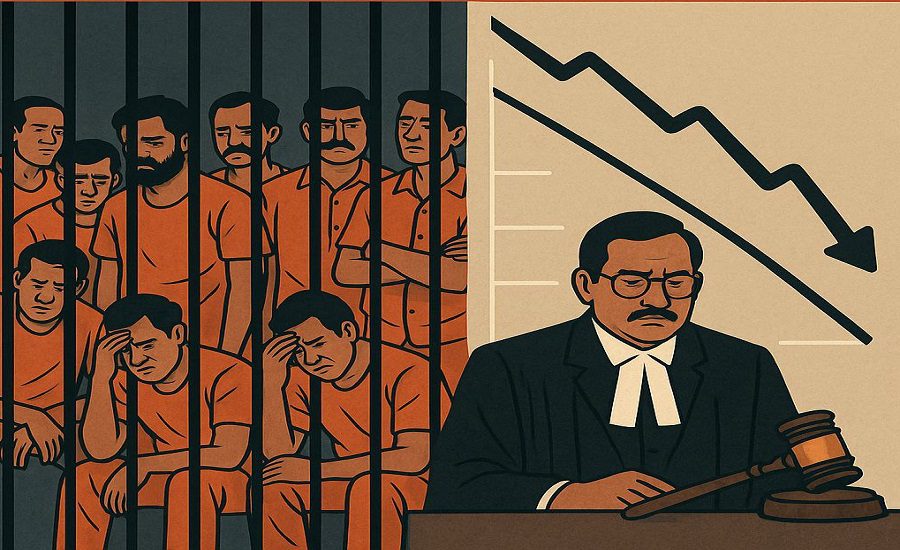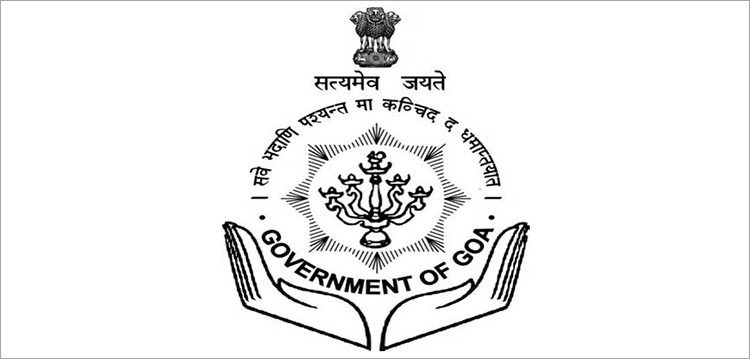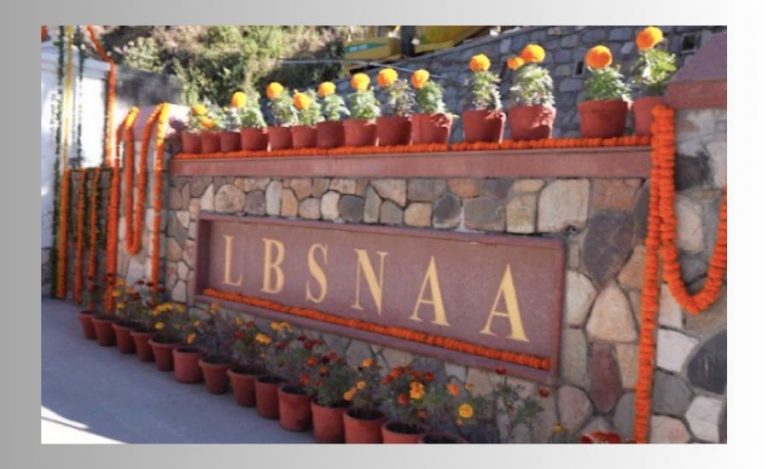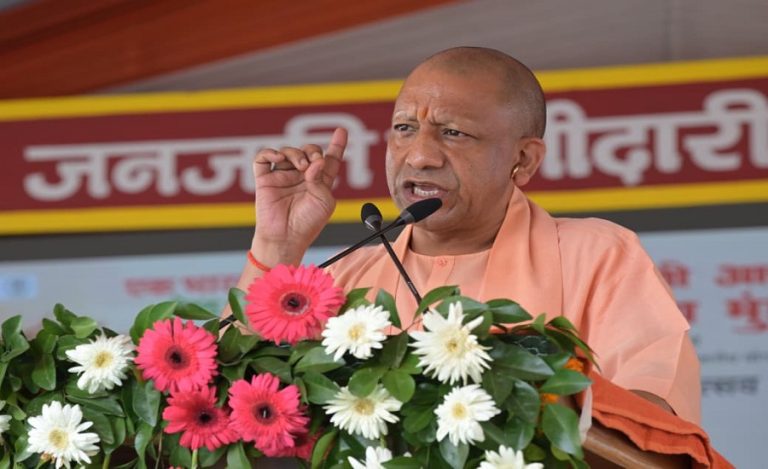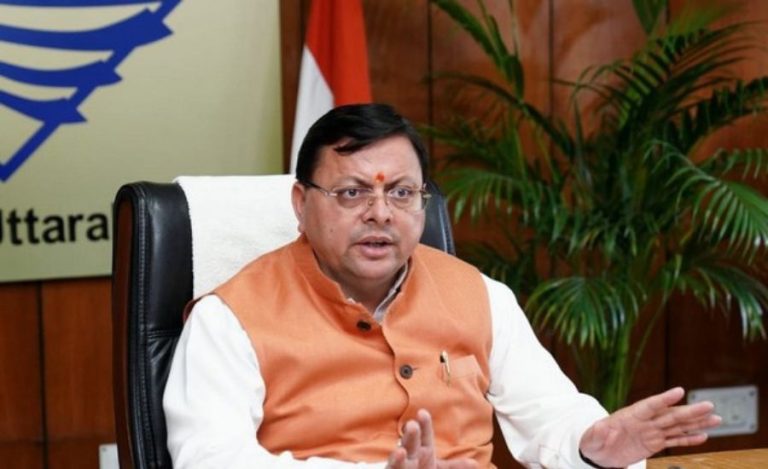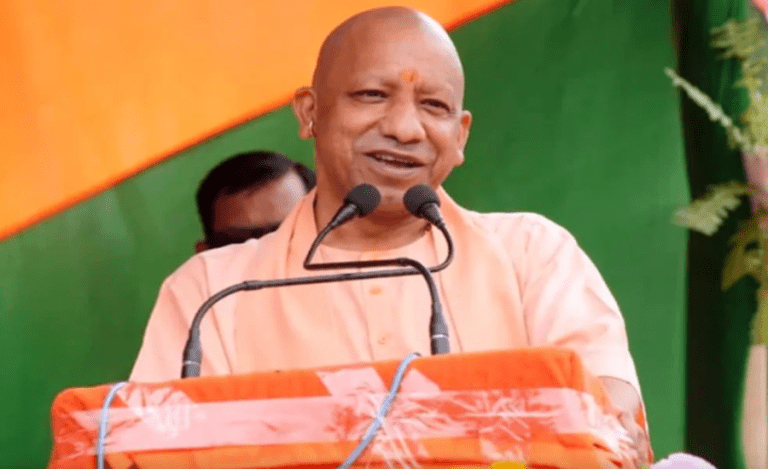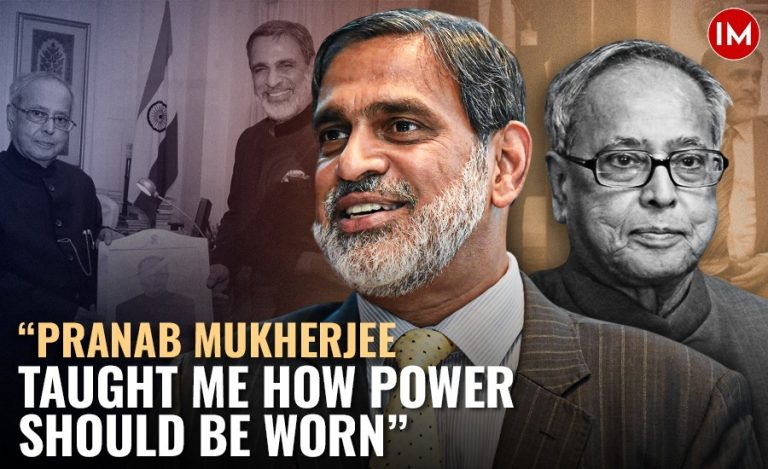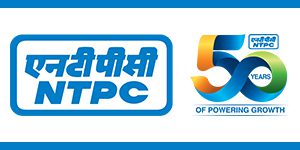India’s justice delivery system is under severe stress, as highlighted in the Fourth Edition of the India Justice Report (IJR) 2025, published by Tata Trusts in collaboration with prominent civil society organisations and data partners. Based on extensive data collected from State Human Rights Commissions (SHRCs) and official government portals, the report paints a grim picture of how Indian states are grappling to meet even the basic standards in policing, judiciary, prisons, and legal aid.
Karnataka Retains Top Spot, West Bengal at the Bottom
Karnataka retained its top position among the 18 large and mid-sized states, a position it held in the previous assessment. Andhra Pradesh and Telangana followed closely in second and third places, with Kerala and Tamil Nadu securing the fourth and fifth spots respectively. On the opposite end, West Bengal was ranked last, showcasing severe deficiencies across all four pillars.
Among smaller states, Sikkim emerged as the best performer, maintaining consistency in delivering justice.
Alarming Prison Overcrowding in North Indian States
One of the most disturbing revelations of the report is the severe overcrowding in Indian prisons. Uttarakhand’s jails operate at 183% capacity, and Uttar Pradesh follows closely with 176%, both alarmingly above the national average of 118.5%. Delhi’s Tihar Jail remains a shocking example, with some of its facilities operating at 400% capacity.
In contrast, Odisha has made notable improvements, reducing its average prison occupancy rate from 99% in 2021 to 83% in 2022. The state also recorded the highest increase in prison capacity at 10% and increased its prison budget allocation by 30%, utilising over 90% of the funds effectively.
Fall from Grace: Gujarat’s Sharp Drop
Once a top performer, Gujarat has seen a dramatic fall in rankings – from 3rd to 11th place – failing across police, prison, and judiciary indicators. A key reason cited is the backlog of over 30,000 forensic cases due to vacancies in forensic labs. Gujarat’s decline reflects systemic gaps in staffing, resource allocation, and prioritisation of justice-related services.
Caste and Gender Gaps Persist
The report also flags glaring inequities in representation. Scheduled Castes, Scheduled Tribes, and Other Backward Classes make up 59% of the police force, yet 61% are confined to the constable level, with little upward mobility.
Delhi Police is the only force to meet the Union Government’s directive of deploying one sub-inspector and ten women constables per police station. Most other states, including populous ones like Uttar Pradesh, lag far behind.
In Odisha, while SC and OBC quotas were met among the constabulary, SC and ST vacancies in the judiciary remain extremely high, with 82% vacancies for SC judges and 98% for ST judges. Women make up just 6% of the higher judiciary in Odisha, far below the national average of 14%.
Legal Aid and Human Resources: A Mixed Bag
Legal aid delivery, especially through Lok Adalats, has shown promise in Odisha with over 85% case disposal, and women making up 69% of DLSA Secretaries, the highest in the country. However, only 128 legal service clinics serve the state’s 48,000 villages, which means one clinic is expected to cover an average of 373 villages.
Odisha’s justice delivery staff also face severe human resource shortages:
- 46% vacancy in High Courts (second only to UP)
- 20% vacancy in district court judges
- 24% vacancy among police officers
- 50% shortfall in scientific staff in forensic labs
What the Report Recommends
The India Justice Report 2025 underscores the urgent need for:
- Immediate filling of vacancies across the judiciary, police, and prisons
- Better representation of women and marginalised communities
- Recognising Justice Delivery as an Essential Service
- Improved infrastructure and capacity in forensic science services
Launched in 2019, the IJR has grown to become the country’s only national ranking of states based on justice delivery. Its 2025 edition – powered by inputs from the Centre for Social Justice, Commonwealth Human Rights Initiative, DAKSH, TISS-Prayas, Vidhi Centre for Legal Policy, and data partner How India Lives – brings together otherwise siloed data into one comprehensive benchmark of accountability.
A Wake-Up Call
The India Justice Report 2025 is not just a ranking – it’s a wake-up call. While states like Karnataka, Telangana, and Odisha offer pockets of hope, the larger picture is one of institutional stress, inequity, and underperformance. Without immediate and systemic reforms, India’s dream of delivering equitable justice for all remains elusive.

